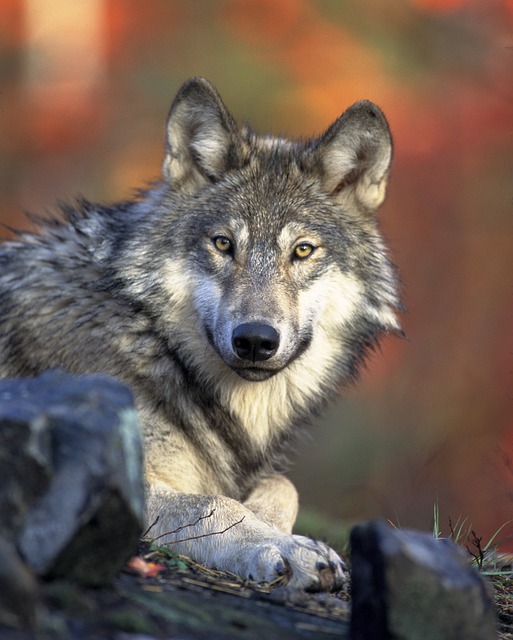Italy
 Romulus and Remus, twins, were born in the eighth century B.C. Their uncle, the king, frowned upon their birth. He had stolen the throne from their father, the rightful king. He feared they would avenge their father and reclaim the throne. He then ordered them to be killed.
Romulus and Remus, twins, were born in the eighth century B.C. Their uncle, the king, frowned upon their birth. He had stolen the throne from their father, the rightful king. He feared they would avenge their father and reclaim the throne. He then ordered them to be killed.
Instead of carrying out this death sentence, the god of the Tiber River saw to it that the twins were put in a basket. When the basket got stuck on the river bank, the cry of the twins caught the attention of a she-wolf. She adopted them as her babies and nursed them.
This giant she-wolf cared for and fed the two brothers at the site until a shepherd found them and raised them. When the brothers later built a city, they fought over who should rule it. Romulus or one of his followers killed Remus. Romulus then went on to found Rome, in 750 BC.
 The wolf, which came to be known as Lupa Capitolina, became a symbol of the city and Italy. A life-size bronze sculpture of her, suckling two babies, stands in the Capitoline Hill in Rome to this day.
The wolf, which came to be known as Lupa Capitolina, became a symbol of the city and Italy. A life-size bronze sculpture of her, suckling two babies, stands in the Capitoline Hill in Rome to this day.
Thus, Rome was born, as goes this legend.
Rome quickly became an important center of trade and commerce. Its strategic location made it a natural choice for the capital of the growing Roman Empire. As the empire expanded, Rome became even more important.
The Roman Empire reached its height under Emperor Constantine in the 4th century AD. He declared Christianity to be Rome’s official religion, and the city became an important center of Christianity. Constantine even built a new capital for the empire at Constantinople, but Rome remained the beating heart of the empire. Today, Rome is a bustling metropolis and the capital of a unified Italy.
∗
Italy looks like a boot. Fastened to the rest of Europe by the Alps, the Italian Boot plunges far into the Mediterranean.
 Much of Italy is a large plain called the Po, the river that passes through it. The Alps Mountains form a large arc to the northwest and north. They form a wall sometimes more than 4,000 meters high.
Much of Italy is a large plain called the Po, the river that passes through it. The Alps Mountains form a large arc to the northwest and north. They form a wall sometimes more than 4,000 meters high.
Stromboli, Vesuvius, and Etna are the only active volcanoes in mainland Europe. All three are in Italy. About a dozen other volcanoes in the country are dormant but can reawaken at any time. Vesuvius is one of the largest and most dangerous volcanoes in Italy. When it blew up in 79 A.D. – during Roman times – it buried the city of Pompeii under meters of ash and pumice.
Italy Activity 1
Draw and label syntax tree(s) for the following:
1. The cry of the twins caught the attention of a she-wolf.
2. Much of Italy is a plain called the Po, the river that passes through it.
3. He declared Christianity to be Rome’s religion.
4. All three are in Italy.
5. It buried the city of Pompeii.